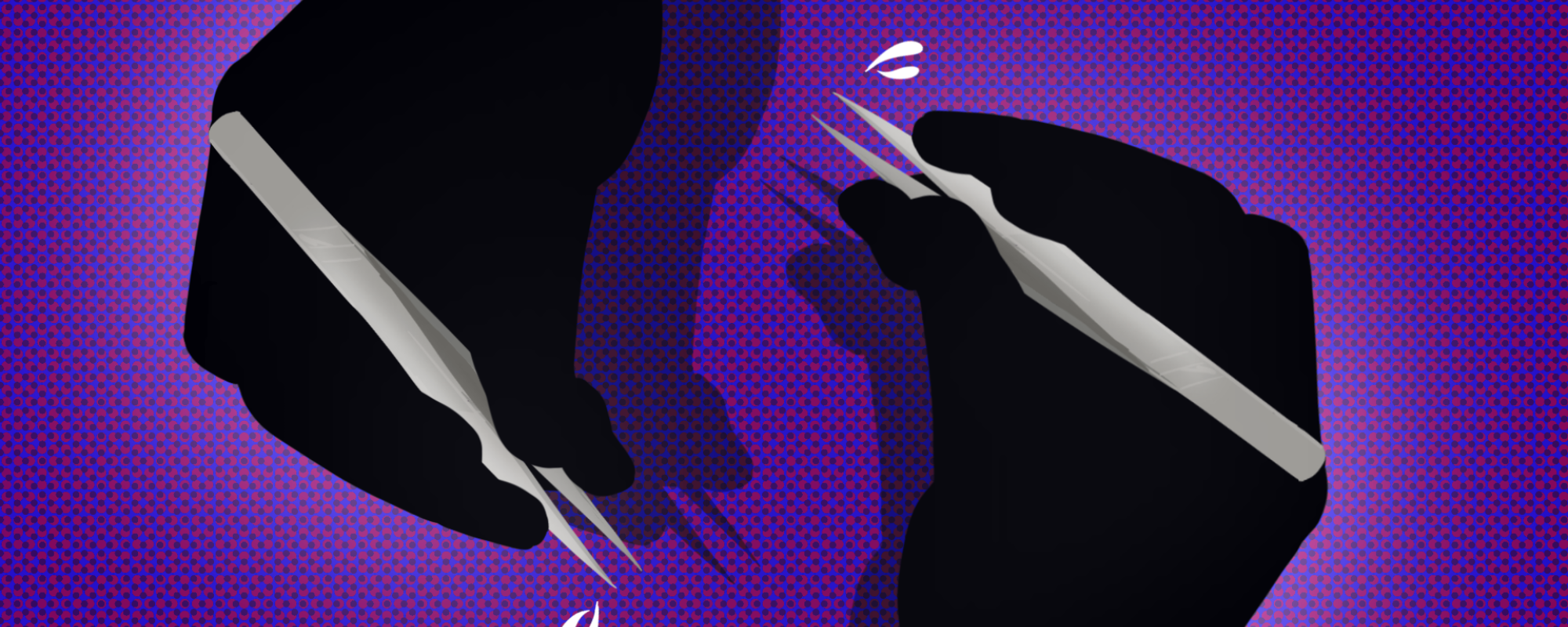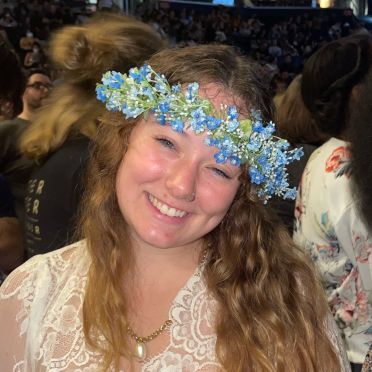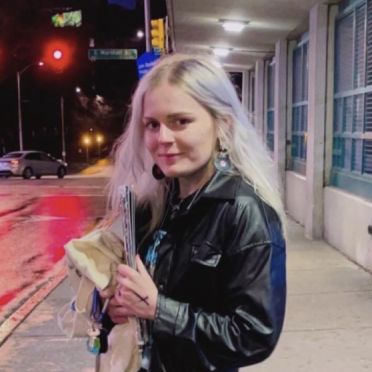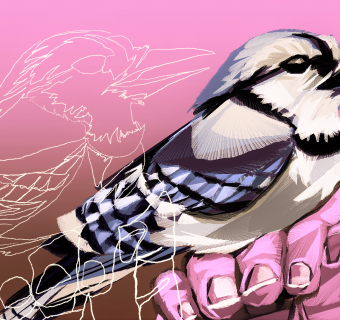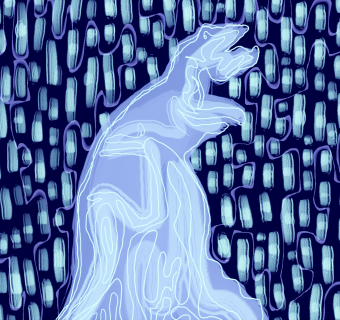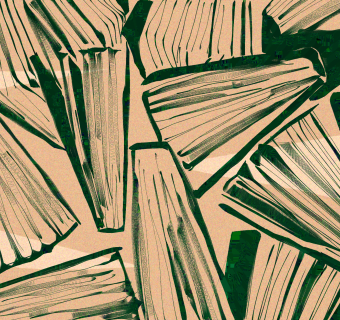They’re all the same, really, Mari thinks as she straightens her stiff, white coat and brushes a stray auburn hair back into her claw clip. The artifacts, they’re all the same once they get to her table — worn, withered, broken. Relics of objects once-living, now relegated to the cold metal table of the lab. It is her job to prepare the items for display. Clean, polish, extract pieces here and there, polish some more, handle with care, for they are delicate items. Sometimes they are new, barely three years old, but others, seemingly hundreds. Objects, all deemed important to society for some particular characteristic of theirs: their strength, their preservation over time, their indication of a distant past; the way they’ve been upkept, perhaps, or the parts of them that don’t make sense, that are unexplainable within the context of their existence. She knows her job isn’t an envied one — she is alone, confronted only with the blank faces of cold, plastery objects staring up at her as she brushes, tweezes, extracts, and places back gently. Once she is done with them, they will be new again, layers of wear and human grime removed to show their true colors, brilliant reds and rusts and plaster whites, creamy ivory glimmers. They will be posed carefully in crystalline cases, placed just so, this way and that, as to show their intricate designs, their flaws, their wear and tear from over time. This is, to her, the best part, the ability to see her work displayed perfectly, absent of all flaws because she is good at her job and she never fails.
Mari’s current artifact is one that was acquired recently on the museum director’s trip to Greece. It’s in the shape of a woman, a pale, stiff figure made with curving hips and an accentuated waist, rounded breasts and flowing hair, a kind of madonna. The hair has become worn down and sparse over time but still flows effortlessly, evidence of the life it’s lived. There is some discoloration above her right breast, a stain or bruise from some event unseen. The figure’s body is slightly grimy, little bits of grime smeared here and there. Mari sighs. This one will take time — she has to be perfect. Mari picks up a scalpel, stainless steel glimmering under the fluorescent lights of the lab. She takes a deep breath before lowering the scalpel toward the still artifact, barely scraping the pale surface. This will require precision. As her blade touches the object, it creates an ever-so-slight dent in the surface. The artifact tremors slightly under the pressure. Careful, careful now. Mustn’t break her. Mari squints down through her goggles at the form in front of her, being careful to put her scalpel in a place that won’t damage its body before display. She finally allows herself to press the scalpel all the way in, watching as the skin breaks cleanly, feels the inevitable release. And yet . . . there is something wrong. Where there should be a clean slice, a stream of blood rushes to the surface. Mari finds herself expelling a short burst of breath as she watches the blood pool up and spill over the skin, erupting from the sliced flesh.
And then it happens. Something that is absolutely never supposed to happen. The worst of all happenings on the table — the artifact stirs. Her eyes flutter slightly up toward the fluorescent lights, first groggily, then sharply, as though she has realized something is deeply wrong. Her eyes meet Mari’s and she lets out a weak, gurgling groan. Fuck. This isn’t supposed to happen. This is absolutely not supposed to happen. Her artifacts are supposed to be remnants of the past, all life long gone, not living, breathing specimens. Fuck. She has to do something. The artifact is gurgling louder now, her moaning, a pathetic attempt at speech. Mari acts without thinking, grabs a cloth from the table beside her and shoves it over the figure’s mouth, stifling the gurgles. Mari holds it there, frozen, an artifact herself, watching as she struggles, her eyes bulging, before going limp, her head dropping back against the metal of the table with a thud.
Mari lets out another breath. It’s done. She’s done. The artifact is lifeless again.
“Tsk tsk,” she says to herself as she removes the cloth. Now that the problem has been resolved, she can return to her work. She will start the slice from the scalp, removing it slowly, peeling back the layers of skin to reveal the polished ivory bone beneath. Then further, to unearth the ridged terracotta muscles of the face, the ropy tendon coils like the trim on an ancient column. Mari smiles, just thinking about it. She will prepare the artifact for its glassy cage, positioning it to show movement, a real specimen of human anatomy, its grotesqueness advertised far and wide to attract the attention of the most morbidly curious viewers.
An artifact, she reminds herself. An artifact of human anatomy.

